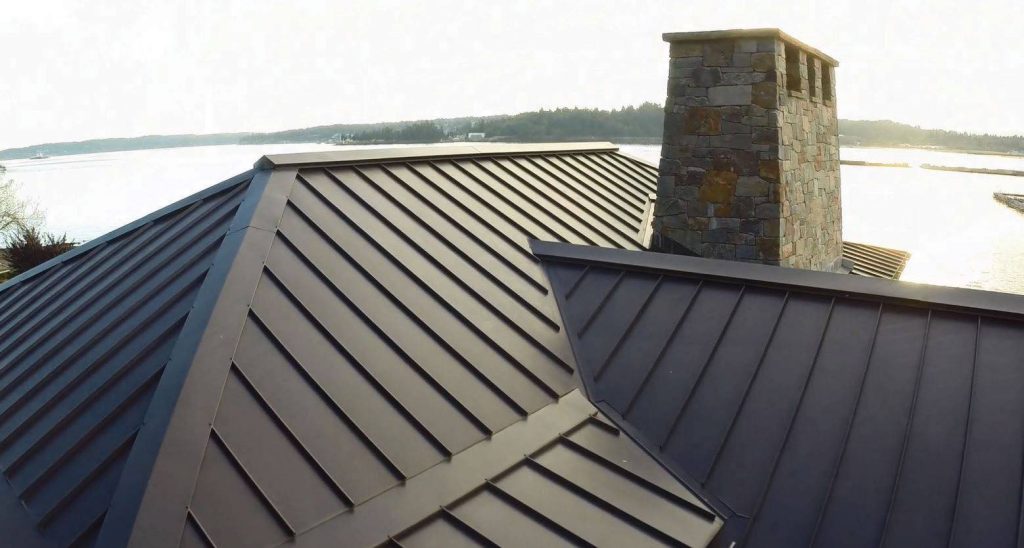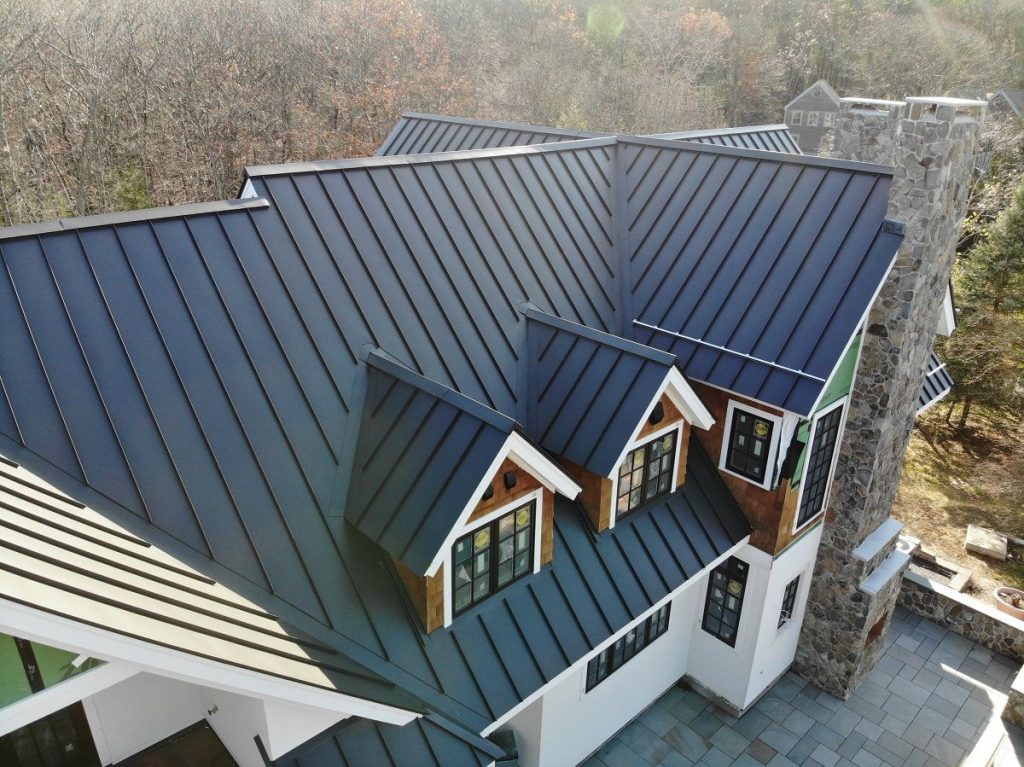How To Spot Leaks In Your Metal Roof
How to detect a leak in a metal roof?
Nobody wants an ineffective roof. While we might love and enjoy the rainy season for several reasons, the last thing you want is a leaky roof that lets rainwater ruin books, clothes, and appliances in your home. So it makes sense to find a solution to your leaky roof while you are in the middle of the rainy season or any other bad climate.
What is the effect of heavy rain on your roof?
When roof maintenance is subpar, no roof is impenetrable to rain. You need consistent, effective maintenance to ensure that there is no avenue for water leakage of any kind. As we’ve stated, these water leakages are terrible for your property as they could lead to dangerous cases of mold, wood rot, and electrical hazards. However, the wood rot begins from the roof. When rainwater gets underneath the metal roof, it will soak up the wood underneath and since it has nowhere else to go to, with no direct sunlight to dry it up, the wood will begin to rot after a while.
When this happens, the integrity of the entire roof is significantly affected which leads to even further damage, and then a need for a total roof replacement. Apart from the expensive nature of roof replacement, it also could be time-consuming leaving you to find temporary accommodation while it is being fixed. To avoid this, you must take roof maintenance very seriously. First, you have to know just exactly how water gets under your roof to be able to draft preventive measures.
How do you get water under your metal roof?
Metal roofs are usually impenetrable, that’s the whole point. And so, when you find out your metal roof is leaking, it is because water got underneath. But, how does this happen? There are several ways water can get through your metal roof and damage the wood underneath it.
- The first way this could happen is if the roof was not installed properly and there are gaps in the seams, then you would probably get a roof leakage.
- When your roof gutters are blocked and water accumulates in the gutters with nowhere else to go, chances are that water will overflow and get through the gutter system onto the wood structure underneath and begin causing damage till it starts leaking.
Metal roofs typically are waterproof and provide the first line of defense against a heavy downpour. However, if water gets underneath the roof, the underlying system helps to redirect the water from the roof to the surrounding. Without this underlay structure function maximally, there will be an accumulation of water which will lead to roof leakage. In some cases, the underlay may begin to decay or gaps and spaces may begin forming in the underlay as a result of poor installation.
How to detect a leak in your metal roof
Now you have been briefed on the possibility of your metal roof leaking, you need to be able to easily find a leak when the time comes. This will help you mitigate damage and protect your property.
1. Dark spots on the ceiling
The first and perhaps easiest way to locate a leak is by examining the ceiling for dark spots which usually indicate the beginning of a leak. When you notice this, you still will be required to climb into your attic to determine where exactly the source of the water is located. However, dark spots do not always indicate a leaking roof. The nature of ventilation is another huge factor to consider when you first see dark spots. Poor ventilation could also lead to dark spot formation through a process called condensation.
2. Go outside to inspect your ceiling
In the case where there is proper ventilation, regular roof maintenance and inspection will reveal any roof leakage you may have. Look for any tell-tale signs of roof leakage by paying close attention to the cracks and crevices on the outside. This will not only help you determine if there is a roof leakage but also the origin of the leakage.
Often, roof leaks are a result of poor installation or installation with inferior materials. If this is the case, there are a few things you will see.
- Poor sealant
- Poorly constructed and installed seams and flashing
- Poorly installed screws
If any of the above is present, there will be roof leakage. Additionally, you may notice spots that have been damaged by animals or corrosion, which could let in water.
3. Inspect the attic
By inspecting the attic, you can learn a lot about your roof. All you need to do is look around for any damage, holes, or dents that may allow in water. This damage could be a result of rot, mold, or pest infestation.
4. Carry out a simple water test
If after performing all the activities listed above, you still do not know where the leak is coming from, you can simply carry out a water test. This will require two people and a water hose. While one person stands in the attic and shines a flashlight, the other person stands outside directing the water hose to the roof. The person inside should begin to see where the water escapes from and can simply mark it with chalk to easily identify when it’s time for repair.
What can you do when you spot a leak?
After finding a leak, here are some things you can do to ensure the leak is properly fixed in the shortest time possible.
- Flashing
If you notice that the sealant or flashing is the cause of the roof leak, you will need to replace the flashing. It’s one of two things, either you fix it yourself or you employ the services of a professional. If you are clueless as to how to effectively change the flashing, you can easily call a professional roofer to remove the flashing completely and replace it for you. This will effectively ensure that you do not suffer any more leaks.
- Handling the water damage
After identifying the point of the leak and effectively fixing it, you will need to handle the damage caused by the water leakage. In most cases, the wood in the roof will need to be removed totally and then replaced either by a professional or with the help of a friend.
Conclusion
Finding out that the metal roof that you treasure has begun leaking can be a stressful and frustrating experience. You must ensure that you act proactively to mitigate the damages. Now you can easily find any leak on your metal roof, and you are informed on what to do once you have found the leak, you must ensure that you carry out constant maintenance and inspection to reduce the effect. If you are not qualified to repair any part of your roof, ensure you contact a professional and do not take matters into your hands.

 The Advantages and Disadvantages of Using a Standing Seam Metal Roof
The Advantages and Disadvantages of Using a Standing Seam Metal Roof